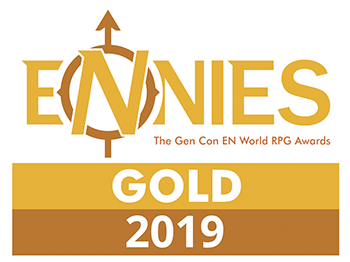Arn-thrass and the Arn-kler
The concept of a "Justice System" is somewhat strange in szassar culture. Their civilisation has grown up around the concept of a free, fair, egalitarian society, and as such there is very little criminality in a sense that we would recognise. However, interpersonal conflict is a phenomenon that can arise. The szassar method of addressing this is to bring aggrieved parties together in a building called an Arn-thrass (archaic: Cooling Place).
When a new szassar city or settlement is established, once food storage, production and materials storage infrastructure established, an arn-thrass is considered one of the most important structures for a build list. Arn-thrassar are constructed on the ground, which is unusual for szassar buildings, which are largely constructed in trees. The cultural tradition behind this is sourced in the concept that on the ground, all szassar are less agile. Despite the ableism of the idea, the concept was that all szassar in an arn-thrass are as equal as can be within the boundaries of that environment. There are no walls in arn-thrassar in temperate and tropical climates - furthering the concept of them being a space one comes to where one is completely vulnerable. In sub-temperate and polar climates, arn-thrass are glass-walled, so as to provide the illusion of such vulnerability.
There are three key figures that oversee the conduct of an arn-kler (archaic: cooling conversation):
- The settlement's Kzenthar (archaic: Spear - a title for a szass whose societal role is to perform a reality check on the role in conversations, and in doing so, to point out fallacies in people's logic and push them towards a more constructive way of thinking).
- The settlement's Jatherin (archaic: Shield - a title for a szass whose societal role is to affirm the passions of individuals and advocate for every person to achieve the best possible outcomes).
- The settlement's Fseerk (archaic: Blade - a title for a szass whose societal role is to gather a learned perspective on issues and be a trusted and authoritative advisor on any given issue).
- The Fseerk will focus on surfacing the facts of the issue, and will then speak to profession-group, clan-group and/or project-group delegates to remove as much subjectivity from their analysis.
- The Jatherin will try to understand the needs and wants of the individuals in conflict, and seek to understand how it is that their needs and wants have become mutually exclusive. They will also seek to understand how it is that those wants and needs have been established, through understanding the attitudes and teachings of the other people and groups who have influenced the social and cultural development of the mediants.
- The Kzenthar will focus on identifying the issues with the representations from each side. They will look for holes in logic, issues with cultural understanding, failures of process and so forth.
- During the arn-kler, the officiants will each present the cases of all sides of the dispute. Their role is expected to be unbiased and pragmatic, focused on the respective responsibilities of each role. At the close of initial presentation, the Jatherin builds a speaking order from those who nominate an interest in making a statement.
- The mediants are the first to be given an opportunity to respond.
- Other parties in the room get to present further testimony and perspective once they are done, starting from those at the centre of the room and moving back out as needed to the ring of the officiants themselves.
- The Jatherin will then summarise the motivating factors for all parties, the Kzenthar will point out any problematic elements of any statements made.
- Finally, the Fseerk will provide a final summation of all points made and provide findings that are considered factual.
Type
Courthouse
Remove these ads. Join the Worldbuilders Guild










Comments